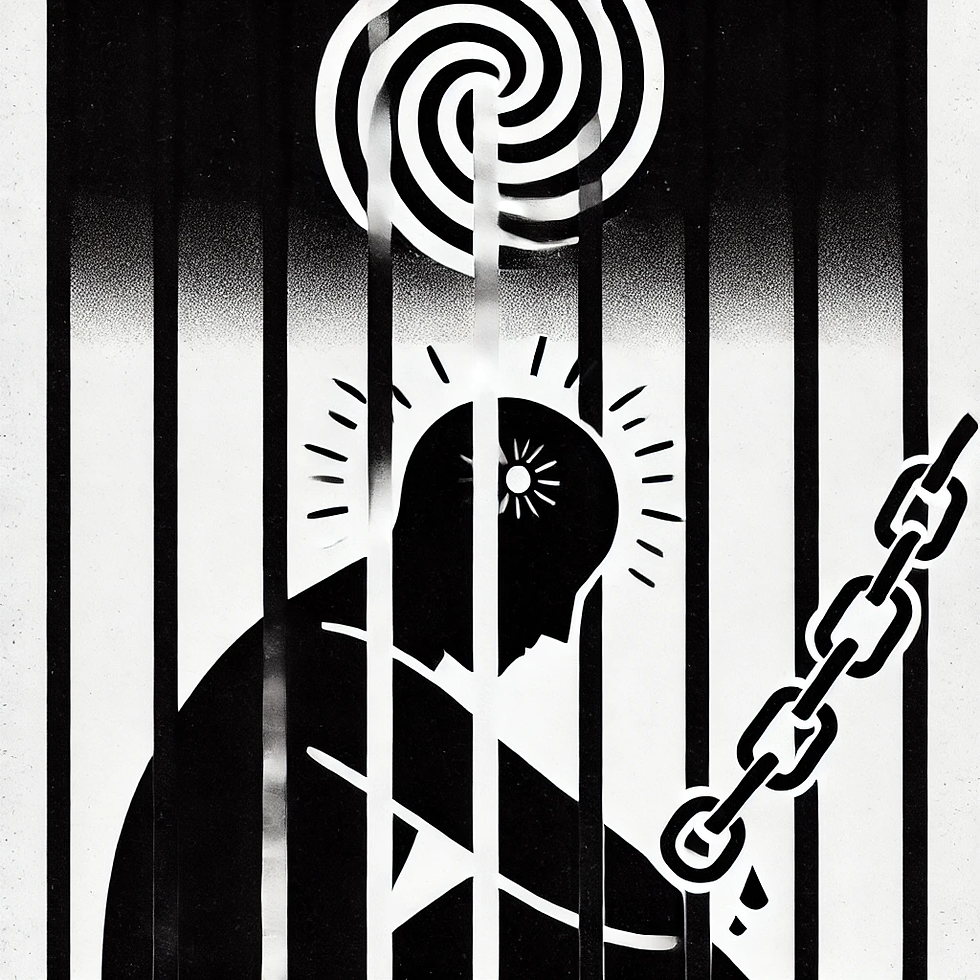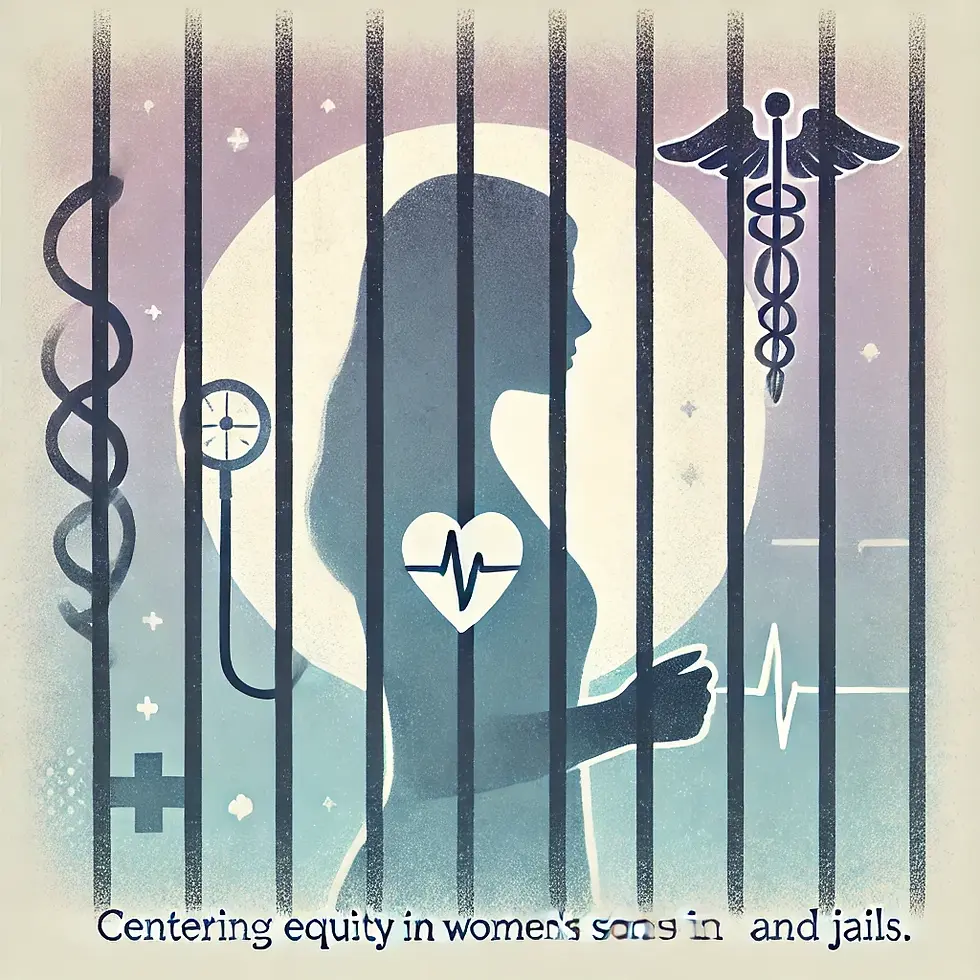Barriers to Reentry: How inadequate healthcare behind bars sets women up to fail once they’re released.
- Swop Behind Bars

- May 16
- 3 min read

When Tanika was released after 18 months in a state prison, the first thing she needed was her medication. She lived with bipolar disorder, and while the prison health system had kept her somewhat stabilized—despite inconsistent dosages—her prescription ended the day she walked out the gate. There was no discharge plan, no referral, no one waiting to help her navigate the next steps.
Within a week, the symptoms came roaring back: anxiety, confusion, and sleepless nights. She called five clinics in her area, but they either required insurance she didn’t have or had waitlists months long. The stress of trying to stay balanced while couch surfing and job hunting became too much. A minor parole violation sent her back to jail.
Tanika’s story is a common one. She didn’t fail reentry. The system failed her.
How Inadequate Healthcare Behind Bars Sets Women Up to Fail
The moment a woman is released from incarceration is supposed to mark a new beginning. But for many, especially those with untreated health conditions, trauma, or chronic illnesses, reentry is more like walking off a cliff with no net below.
Incarcerated women often leave prison or jail with no medical records, no prescriptions, no referrals, and no support. After months—or years—of inadequate care, their health needs remain unresolved or even worsened, putting them at higher risk of housing instability, unemployment, relapse, and re-incarceration.
The Health Reentry Gap
Women are more likely than men to enter incarceration with complex health needs, including:
Chronic conditions like diabetes, asthma, or hypertension
Mental health disorders including PTSD, depression, and anxiety
Substance use disorders and histories of trauma
Reproductive health needs—from postpartum recovery to ongoing care
But when they return to their communities, there’s often no continuity of care. Without discharge planning, insurance re-enrollment, or warm handoffs to community providers, the gaps become dangerous.
This “healthcare cliff” often leads to:
Missed medication refills
Emergency room visits or hospitalizations
Mental health crises
Substance use relapse
Loss of child custody
Return to survival-based behaviors like sex work or theft
Lack of Documentation and Insurance
Many women leave custody without basic documentation like ID cards or insurance paperwork, which delays their ability to access services, fill prescriptions, or even apply for housing or employment.
Though the Affordable Care Act made Medicaid expansion possible in many states, incarcerated individuals are often unenrolled upon entry, and the burden of re-enrollment falls squarely on the individual—who may have no support or information to do so.
Stigma, Shame, and Systemic Barriers
Reentry isn’t just about logistics—it’s also emotional. Many women return home to strained family relationships, shame from their incarceration, and the trauma of confinement. These psychological barriers often go unaddressed.
Combine that with systems that treat formerly incarcerated women with suspicion, not compassion, and it becomes clear why so many fall through the cracks.
They are met with parole officers instead of therapists, drug testing instead of counseling, and waitlists instead of access.
Reentry That Heals
A better future is possible. It starts with a model of reentry that centers healing, not punishment. That includes:
Comprehensive discharge planning: medical records, prescriptions, referrals, and case management starting before release.
Medicaid enrollment before release, with support for ID and documentation.
Trauma-informed care, mental health services, and harm reduction available in the community.
Housing and job opportunities that understand and support the specific needs of women returning from incarceration.
Peer-led support networks, reentry doulas, and mentorship programs by and for formerly incarcerated women.
From Surviving to Thriving
Tanika didn’t need more punishment. She needed care. She needed someone to walk with her through reentry, to help her reconnect with herself, her health, and her community.
If we want to break the cycle of incarceration, we must first break the cycle of abandonment that begins the moment a woman is released.
Because true freedom doesn’t begin at the prison gate—it begins when a woman has everything she needs to heal, rebuild, and be well.
Coming Up Next
In our next post, we’ll explore bold models and grassroots solutions that are working right now to bring justice, healing, and equity into women’s health behind bars—and beyond.
Because systems may have failed, but communities are rising.




Comments